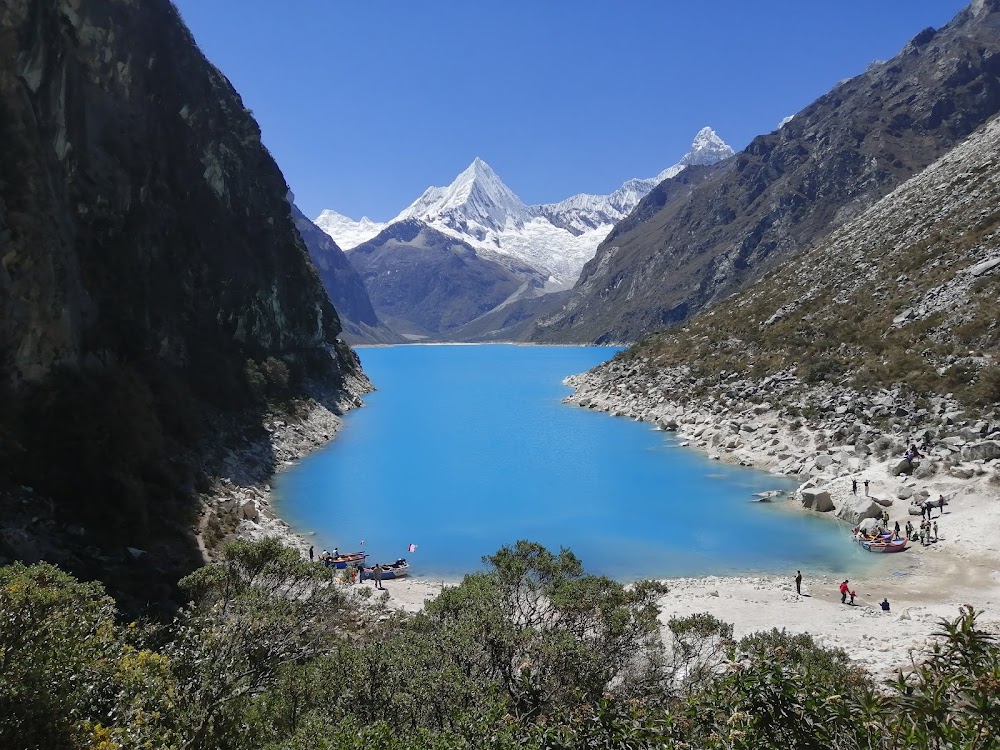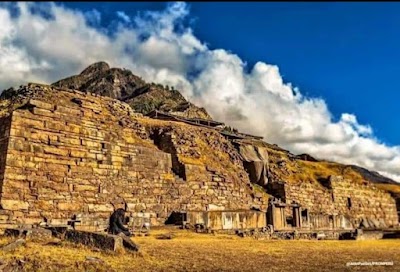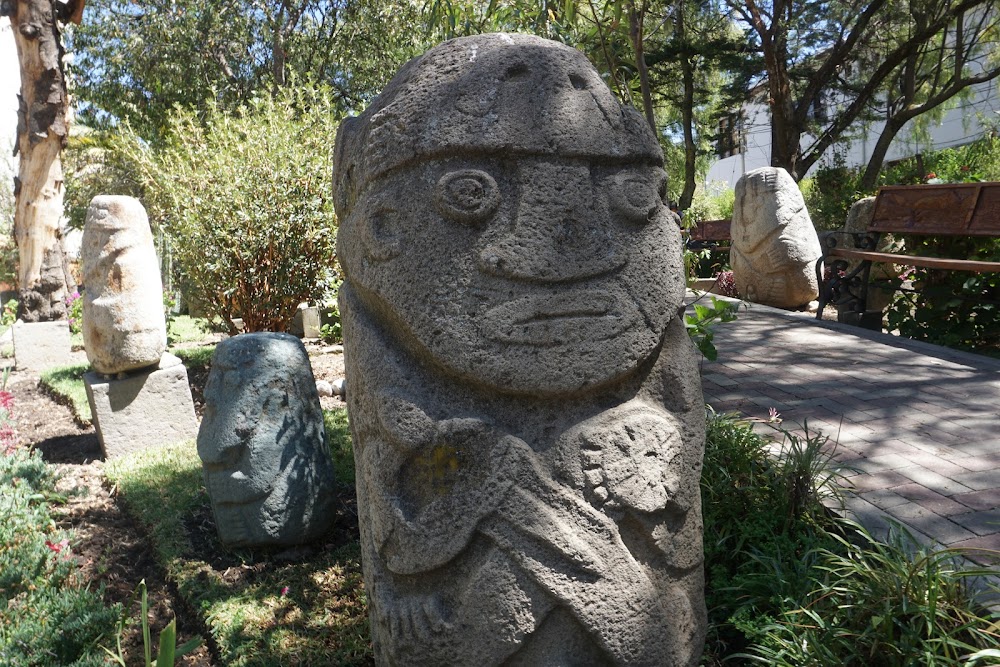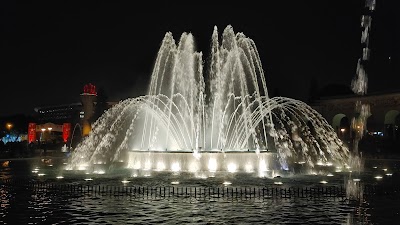Huascarán National Park (Parque Nacional Huascarán)
Overview
Huascarán National Park, nestled in the stunning Áncash region of Peru, is a paradise for nature enthusiasts, adventure seekers, and history aficionados alike. Named after Huascarán, Peru's tallest mountain at 6,768 meters (22,205 feet), the park spans over 340,000 hectares and is designated as a UNESCO World Heritage Site. It is celebrated for its awe-inspiring landscapes, remarkable biodiversity, and cultural importance.
Historical Background
The formation of Huascarán National Park was driven by a growing awareness of the need to protect the rich ecological and cultural heritage of the Cordillera Blanca mountain range. In the early 20th century, conservationists and scientists raised alarms about the detrimental impacts of mining, deforestation, and uncontrolled tourism on this pristine environment.
In response, a series of studies and proposals emerged advocating for the establishment of a protected area. This collective effort culminated in 1975 when the Peruvian government officially designated the region as Huascarán National Park. This accomplishment was a collaboration among local communities, environmental organizations, and governmental bodies, all united to safeguard the natural beauty and ecological integrity of the area for future generations.
Stunning Landscapes
Huascarán National Park is renowned for its breathtaking landscapes that encompass vast glaciers, crystal-clear lagoons, towering granite peaks, and lush valleys. As a part of the Andes mountain range, it boasts numerous tropical peaks that rank among the highest in the world. Among its many attractions, the Llanganuco Lakes, with their striking turquoise waters framed by snow-capped mountains, are especially favored by visitors.
The park is a biodiversity hotspot, home to a diverse range of plant and animal species, some of which are endemic to the area. Visitors may be fortunate enough to spot the majestic Andean condor soaring above or the rare Puya raimondii, a unique plant that produces one of the largest inflorescences on the planet. Additionally, the park provides sanctuary to the spectacled bear, the only bear species native to South America.
Cultural Significance
Beyond its natural allure, Huascarán National Park is steeped in cultural history. The region has been inhabited for thousands of years, with remnants of ancient civilizations scattered throughout the park. Visitors can explore pre-Incan structures, including the remarkable Chavín de Huantar archaeological site, which showcases the engineering and artistic achievements of the Chavín culture.
To enhance accessibility while preserving the park’s pristine condition, a network of trails and refuges has been established. These trails cater to various fitness levels and interests, ranging from easy walks around the lakes to demanding treks and climbs for seasoned mountaineers eager to conquer the towering peaks.
Engaging Local Communities
Efforts have also been made to involve local communities in conservation and sustainable tourism initiatives. Programs have been implemented to educate residents and visitors about the importance of environmental preservation. Local guides, many of whom are descendants of Indigenous peoples who have lived in the region for generations, offer their rich knowledge of the land and customs, enriching the visitor experience while fostering a spirit of stewardship and respect for the park.
In recent years, Huascarán National Park has confronted challenges related to climate change, including receding glaciers and shifts in vegetation patterns. Ongoing research and monitoring are crucial for adapting conservation strategies to the changing environment. Initiatives focused on reforestation, habitat restoration, and sustainable resource management are continually being developed and implemented.
A Testament to Collective Action
The creation and ongoing maintenance of Huascarán National Park exemplify the power of collective action and shared responsibility. By collaborating, communities, governments, and organizations have successfully protected this unique, beautiful, and ecologically vital region. The park continues to inspire and educate visitors from around the globe, reminding us of the intrinsic value of preserving our natural and cultural heritage.







